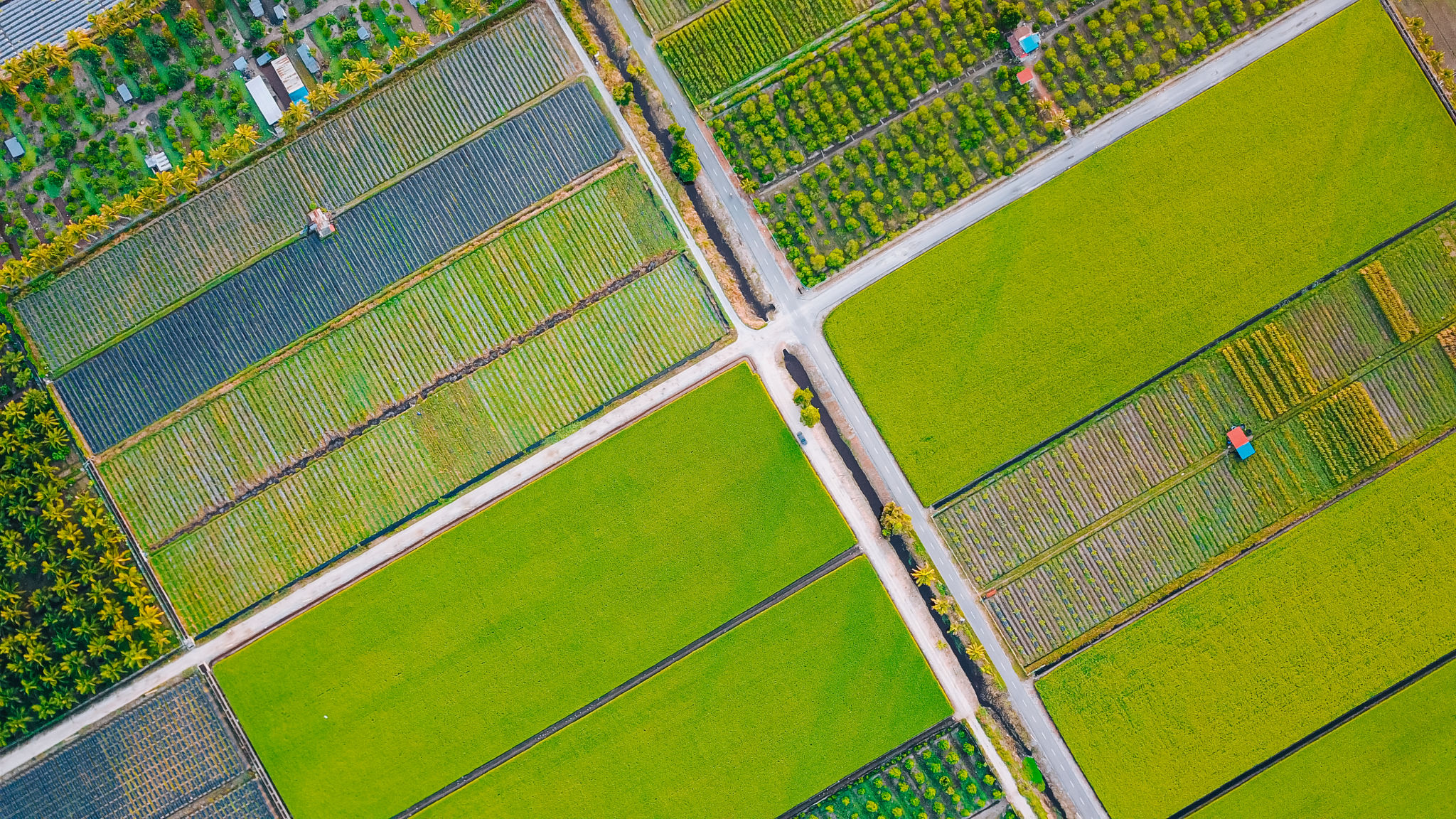Navigating Agricultural Insurance: How to Choose the Right Coverage
Understanding Agricultural Insurance
For farmers and agricultural businesses, insurance is a critical component of risk management. It provides a safety net against unforeseen events that could adversely affect crops, livestock, and overall business viability. However, navigating the world of agricultural insurance can be complex, with a variety of options and terms that may not be immediately clear.
Understanding the types of coverage available is the first step in choosing the right policy. From crop insurance to livestock and revenue protection, each type of insurance serves a specific purpose. Selecting the appropriate coverage requires evaluating your unique risks and needs.

Types of Agricultural Insurance
Crop Insurance
Crop insurance is designed to protect farmers from losses due to natural disasters like floods, droughts, and pests. It can cover the cost of replanting or compensate for revenue loss if yields fall short. There are two main types of crop insurance: yield-based, which covers physical loss, and revenue-based, which protects against price fluctuations.
Livestock Insurance
Livestock insurance provides protection against the loss of farm animals due to disease, accidents, or natural disasters. This type of coverage can be invaluable for farmers whose income heavily depends on animal husbandry.

Factors to Consider When Choosing Coverage
Assess Your Risks
Before purchasing any insurance policy, it's important to assess your specific risks. Consider factors such as geographical location, crop type, and market conditions. Understanding these variables will help you determine which type of insurance will offer the best protection for your circumstances.
Evaluate Policy Options
Once you've assessed your risks, evaluate the available policy options. Look for policies that offer flexibility in terms and conditions, as well as those that cater specifically to your farming operations. Consult with an insurance agent who specializes in agricultural coverage to gain deeper insights.

Maximizing the Benefits of Your Policy
After selecting a policy, it's essential to maximize its benefits by maintaining accurate records and staying informed about changes in the agricultural industry. Regularly reviewing your policy with your insurer ensures it remains aligned with your evolving needs.
Additionally, consider investing in risk management strategies beyond insurance. Practices such as crop diversification and sustainable farming techniques can complement your insurance policy and further protect your livelihood.

The Role of Technology in Agricultural Insurance
Modern technology is revolutionizing agricultural insurance by providing more precise data for assessing risks and filing claims. Tools such as satellite imagery and IoT devices help farmers monitor their fields and livestock in real-time, leading to more accurate insurance coverage and claims processing.
Embracing these technological advancements can enhance your understanding of policy requirements and improve communication with your insurer, ensuring that you receive the best possible support.